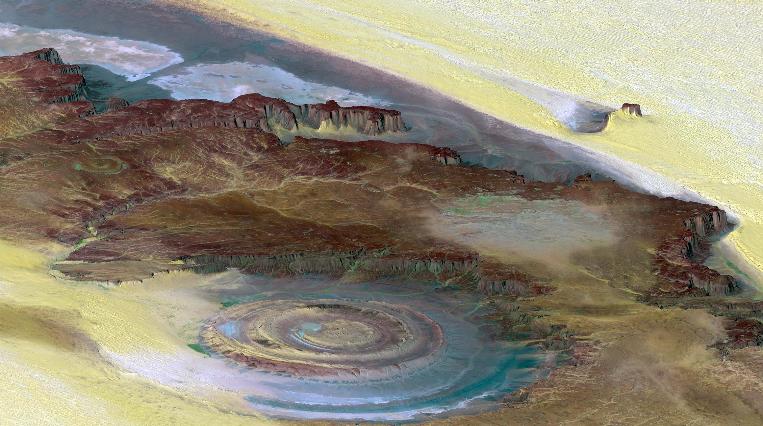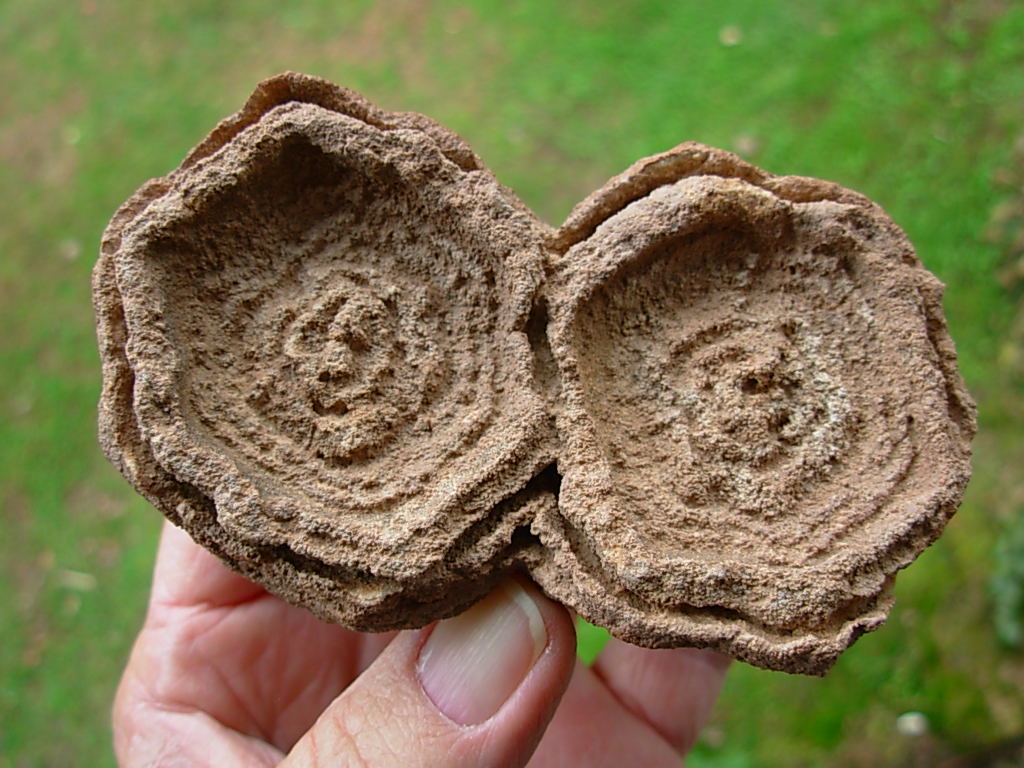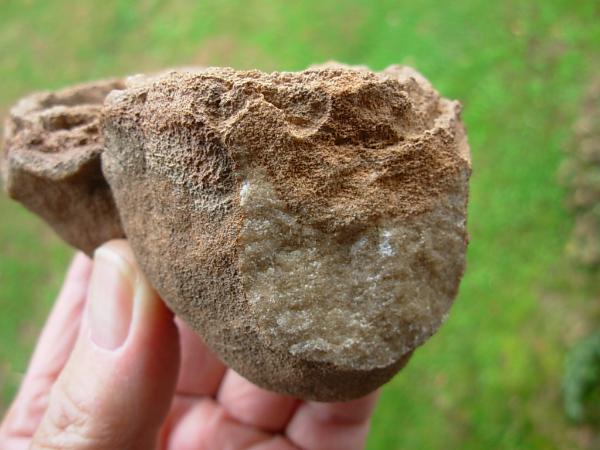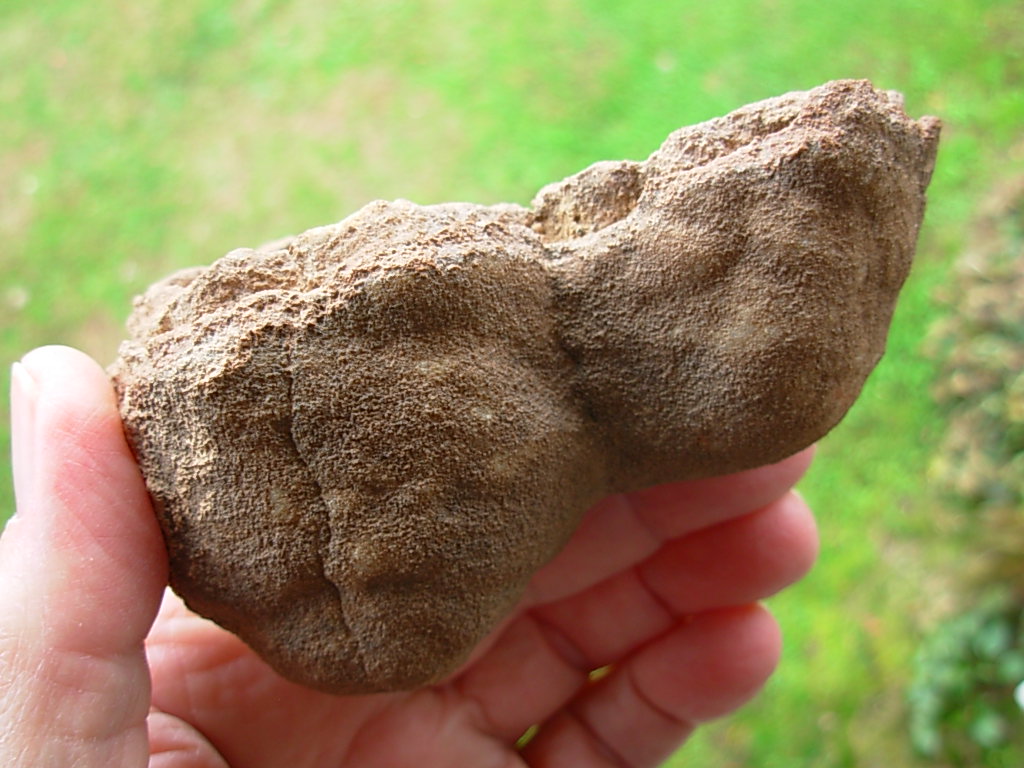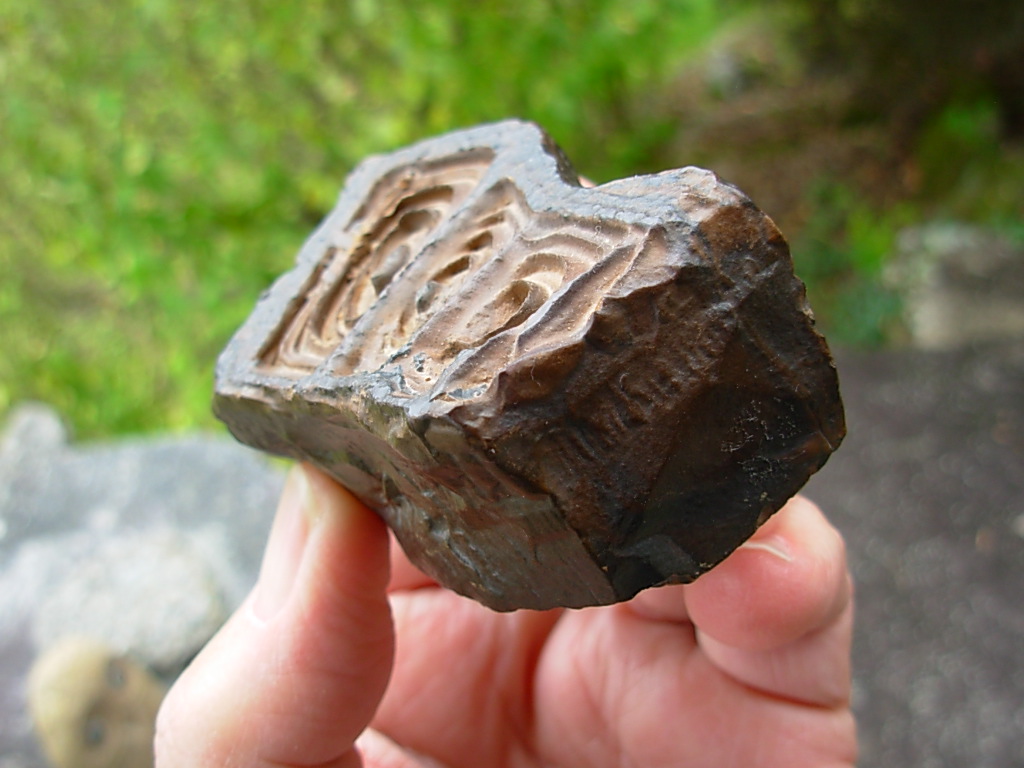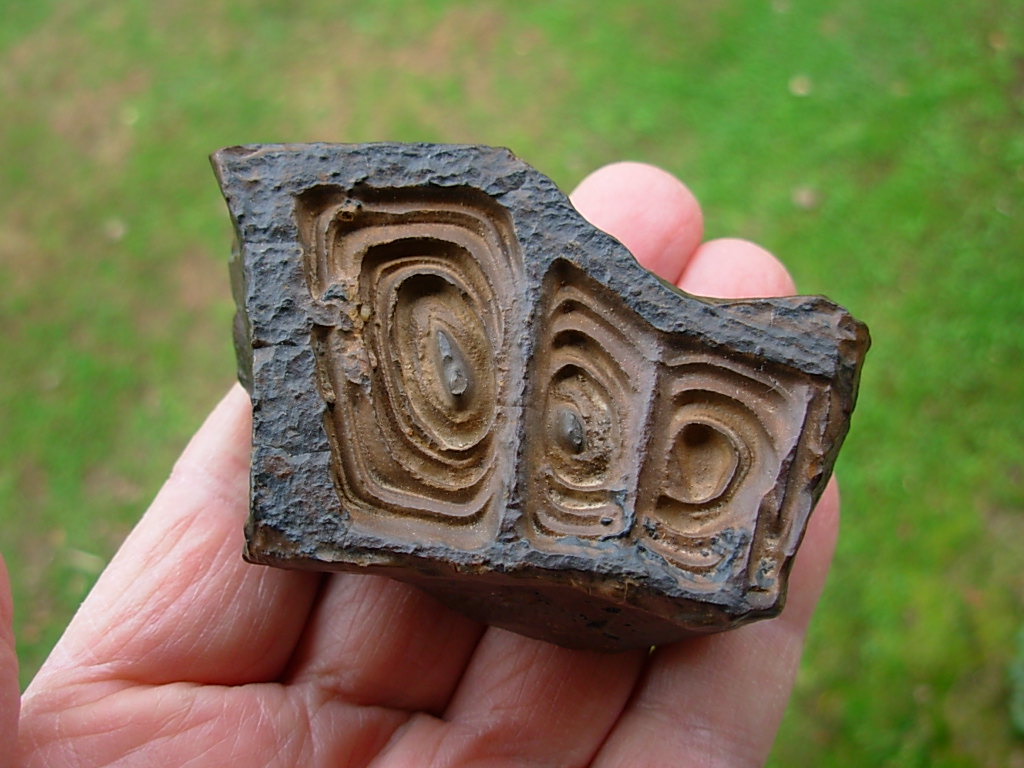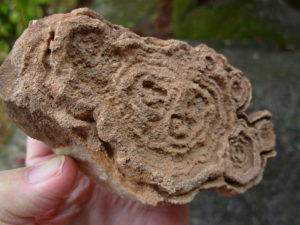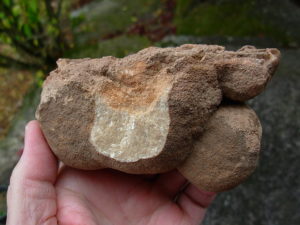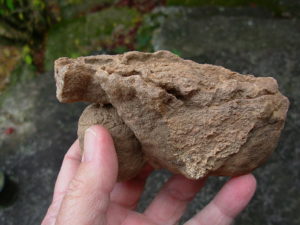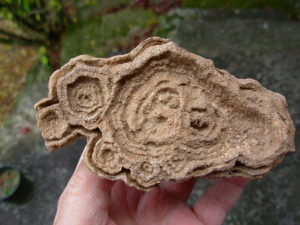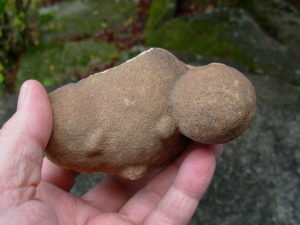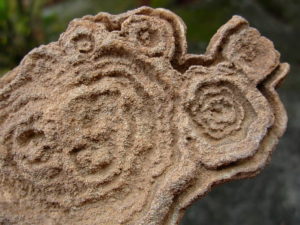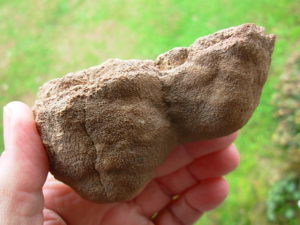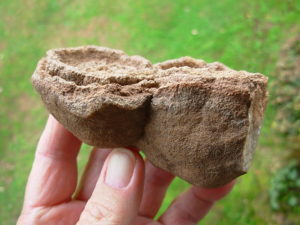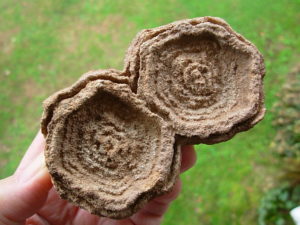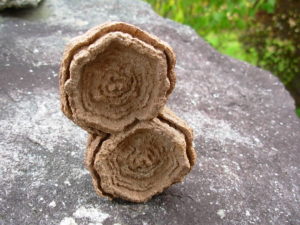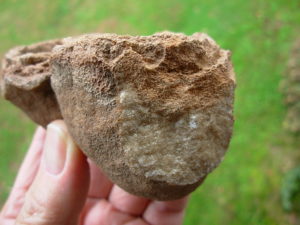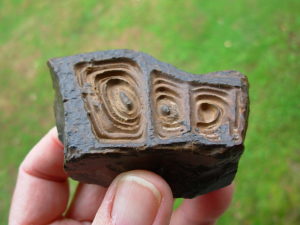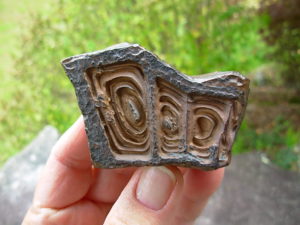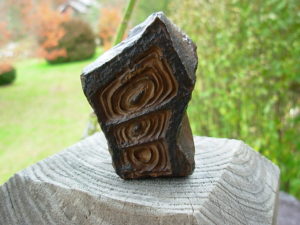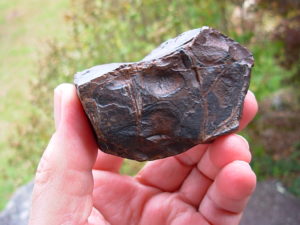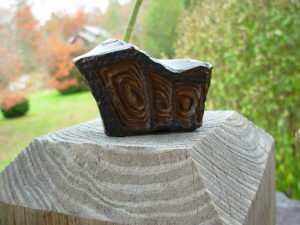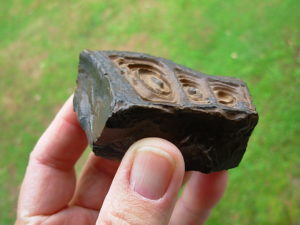Sahara Desert Rocks and Mineral Oddities
Sahara Desert Rocks...It’s not surprising that some very unique rocks and minerals are found in the Sahara Desert. The Sahara is the world’s largest hot desert and one of the harshest environments on the planet. It is the third largest desert after Antarctica and the Arctic, which are cold deserts.
The name “Sahara” is Arabic for "The Great Desert". The Sahara Desert landmass is 3.6 million square miles covering most of North Africa. The desert includes areas in Algeria, Chad, Egypt, Libya, Mali, Mauritania, Morocco, Niger, Western Sahara, Sudan and Tunisia. The Sahara is bordered by the Atlantic Ocean on the west, the Atlas Mountains and the Mediterranean Sea on the north, the Red Sea on the east, and the Sudan and the valley of the Niger River on the south. The Sahara is divided into Western Sahara, the central Hoggar Mountains, the Tibesti Mountains, the Air Mountains, an area of desert mountains and high plateaus, Ténéré desert and the Libyan desert, which is the most arid region.
The Sahara is located in the trade winds belt and is subject to constant and strong winds from the northeast. The drying and dust-laden winds are often felt north and south of the desert, where they are known as Sirocco, Khamsin, Simoom, and Harmattan. The northern slopes of the Atlas Mountains absorb most of the moisture from winds blowing inshore from the Mediterranean Sea. The Sahara Desert dust storm is a constantly reoccurring event where strong and violent winds will move fine particles of silt, clay, silicon dust and other materials for long distances. These fine particles moved around in the air during the storm can spread over hundreds of miles and rise up to over 10,000 feet.
Are the oddly shaped stones in the deserts the result of wind erosions? These stones are typically formed by erosion caused by water. Wind erosions are not powerful enough to break down stone in this way. The central part of the Sahara, known as the Libyan Desert, is the driest, receiving an average of less than 1 inch of rain per year. Other parts of the Sahara receive an average of up to 4 inches of annual rainfall. Occasionally the Sahara Desert gets flooded by heavy downpours. These sudden and extreme rains can be accompanied by strong sandstorms as well.
The world’s most famous desert was not always as dry as it is now. An international research team recently suggested the presence of massive river systems in the Sahara existed between 130,000 and 100,000 years ago. These rivers would have created narrow stretches of nutrient-rich soil, producing “green corridors” that would have allowed animals and plants to thrive in the otherwise hostile desert much like the Nile River did in Egypt. It is thought that an estimated 27,000 square miles in northeastern Libya was also covered by massive lagoons and wetlands.
At nearly 30 miles in diameter, the Sahara Desert‘s sprawling Richat Structure (named the Sahara Eye) is one of the most mysterious geological features on Earth. The Richat Structure is situated in Oudane, Mauritania, is a huge circular formation (50 km in diameter), that resembles an eye when looked upon from space. Why the structure is nearly circular, however, remains a mystery. Originally thought to be a crater, this volcanic dome is most likely a product of erosion, an ancient geological artifact in the middle of featureless Maur Adrar desert, in Africa’s Western Sahara. The earliest space missions used it as a landmark.
"Richat Structure - SRTM". Licensed under Public Domain via Commons -
https://commons.wikimedia.org/wiki/File:Richat_Structure_-_SRTM.jpg#/media/File:Richat_Structure_-_SRTM.jpg
Stones that resemble this pattern are also found in the Sahara. We procured one that was sold to us as a Stromatolite. Analysis of the stone resulted in the fact that these aren't stromatolites, but are concretion structures that are formed through rich mineral water deposits on Quartzite. Although there are actual stromatolites found in the Sahara, rocks like these are concretions.
Other interesting rocks have Desert varnish or rock varnish coatings. They are an orange-yellow to black coating found on exposed rock surfaces in arid environments. These are similar to the coatings where petroglyphs were carved in the Southwestern USA. Desert varnish forms only on physically stable rock surfaces that are no longer subject to frequent precipitation, fracturing or wind abrasion. The varnish is primarily composed of particles of clay along with iron and manganese oxides. There is also a host of trace elements and almost always some organic matter. The color of the varnish varies from shades of brown to black.
Originally scientists thought that the varnish was made from substances drawn out of the rocks it coats. Microscopic and microchemical observations, however, show that a major part of varnish is clay, which could only arrive by wind. Clay, then, acts as a substrate to catch additional substances that chemically react together when the rock reaches high temperatures in the desert sun. Wetting by dew is also important in the process
Item#2SDC05093522
Rare Sahara Desert Concretion

This rare and interesting concretion consists of quartz, barite, silica, clay and other minerals in circular pattern concretions (typical Sahara Desert swirl) which formed on a quartzite base. This specimen was found in the Sahara Desert.
Weighs 21.9 oz or 1.37 lb (622g) and measures 4.7 x 2.8 x 2.7" (12 x 7.2 x 6.8 cm)
Item#SDC05093522
Rare Sahara Desert Twin Concretion

This rare and interesting concretion consists of quartz, barite, silica, clay and other minerals in circular pattern concretions (typical Sahara Desert swirl) which formed on a quartzite base. This specimen was found in the Sahara Desert.
Weighs 21.9 oz or 1.37 lb (622g) and measures 4.7 x 2.8 x 2.7" (12 x 7.2 x 6.8 cm)
Item#SDS0204S125C0585
Goethite with Desert Varnish found in the Sahara Desert

This very rare and interesting triple swirl pattern Goethite with the desert crust or varnish is formed of Iron and manganese oxide. This specimen was found in the Sahara Desert. The swirls are due to water and wind erosions and when the erosions were completed, the desert varnish formed. This is from our personal collection. We procured this piece from a British Rock and Mineral Dealer in 2004.
Weighs 5.8 oz or 0.36 lb (166g) and measures 2.8 x 1.8 x 1.1" (7.1 x 4.7 x 2.9 cm)

